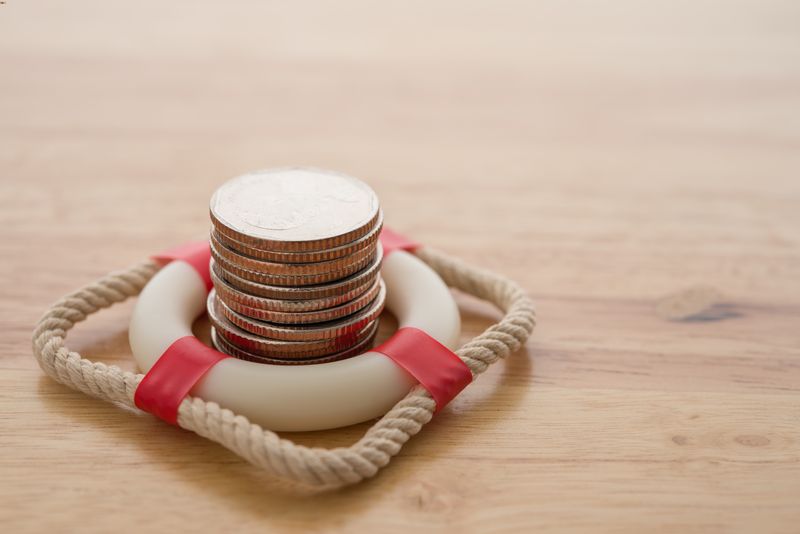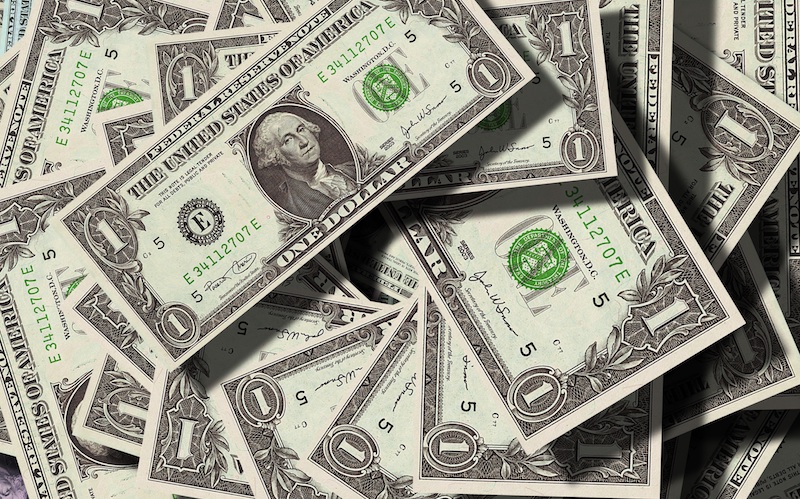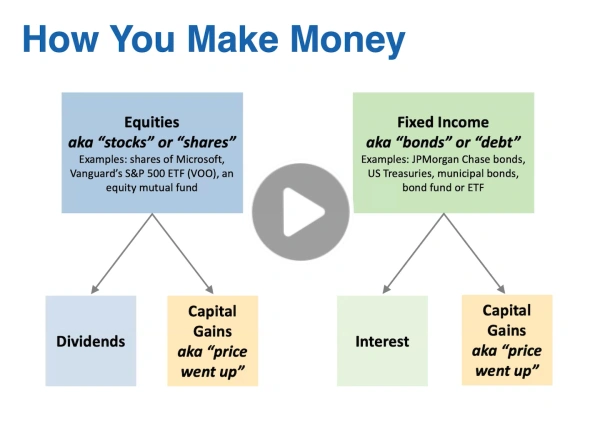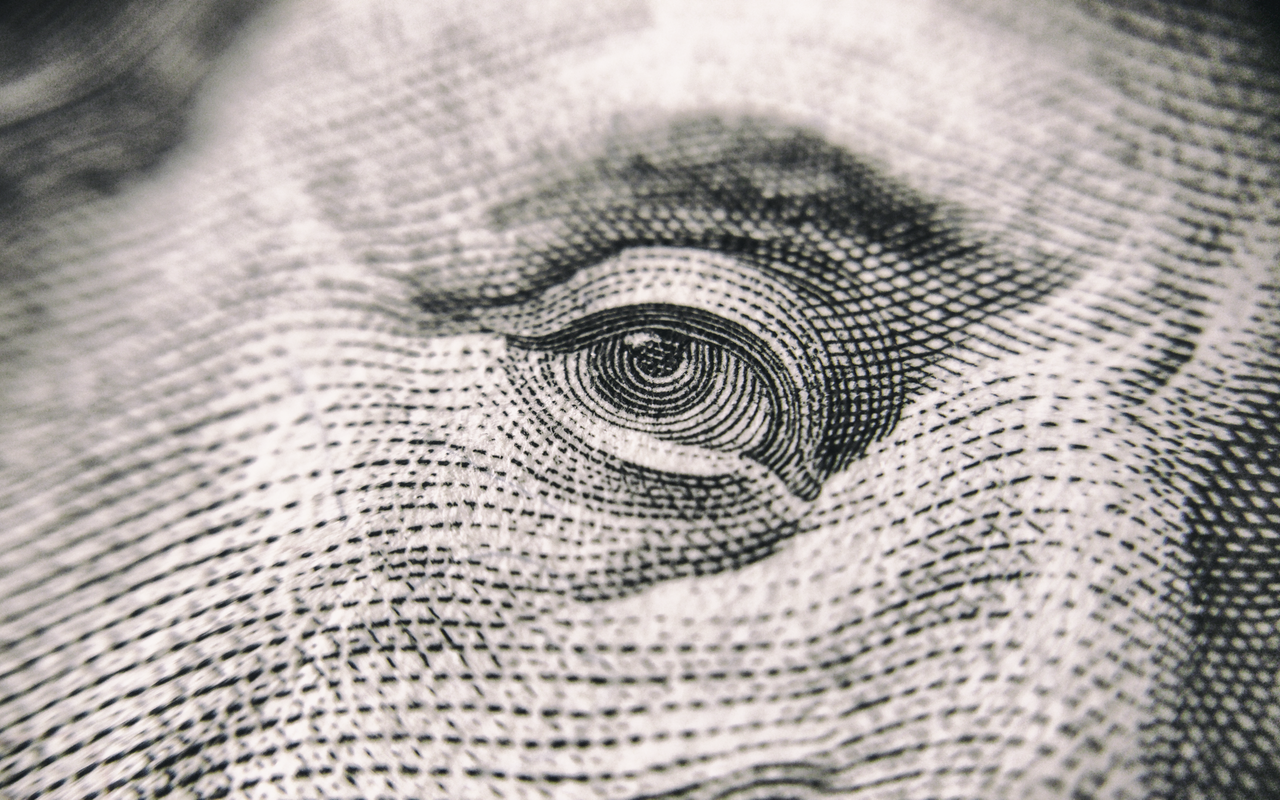High cost debt is debt that costs more than you can reasonably expect to earn on your investments.
Cheap debt is debt that costs less than what you think you can earn on investments.
A good rule of thumb is:
Pay down "high cost debt" early (or, refinance it to cheap debt, if you can).
Pay "cheap debt" on time but not early.
The idea here is that if you earn 6% / year on average on your investments and have debt at 4%, you earn the 2% difference.
If you can refinance the debt to a rate less than what you expect to earn on your investments, then it makes sense to just pay that new, cheap debt on time.
Estimates of what investments might return in the long-term vary, but credible estimates are generally in the range of ~5-8% when your investments are mostly or all equities (aka stocks).
At AboveBoard we typically use 6% or 7% as our base case assumption for equities.
We like to be slightly cautious in planning because the impact on clients is very different if actual results end up being better or worse than planned for: if you plan for 6% and get 8% - fantastic! You'll have no problem figuring out what to do with the extra money.
However, if you plan for 8% and get 6%, you could end up unable to retire when you want, or fall short of other goals.
Debt and Insurance
If you are currently paying down high cost debt, here are 3 things you need to know about insurance:
1) You need disability insurance. Paying down your debt requires income. Disability insurance makes sure that income keeps hitting your bank account, even if you are too sick or too injured to work full-time. Get a disability insurance quote.
2) You might need life insurance, too. If your high cost debt would be someone else's responsibility if you died, then you probably need life insurance. Get a life insurance quote.
3) If you need life insurance and you are paying down high cost debt, then term insurance is almost always the right choice. Do not buy permanent life insurance when you are still paying down high cost debt. (Unsure of the difference between term and permanent insurance? Watch this video.)
If you want to have the option of getting permanent insurance in the future without having to qualify medically or do another full application, you can do that by choosing a term insurance policy with a great conversion option. You can ask the AboveBoard team for help choosing the best term policy with a great conversion option.




